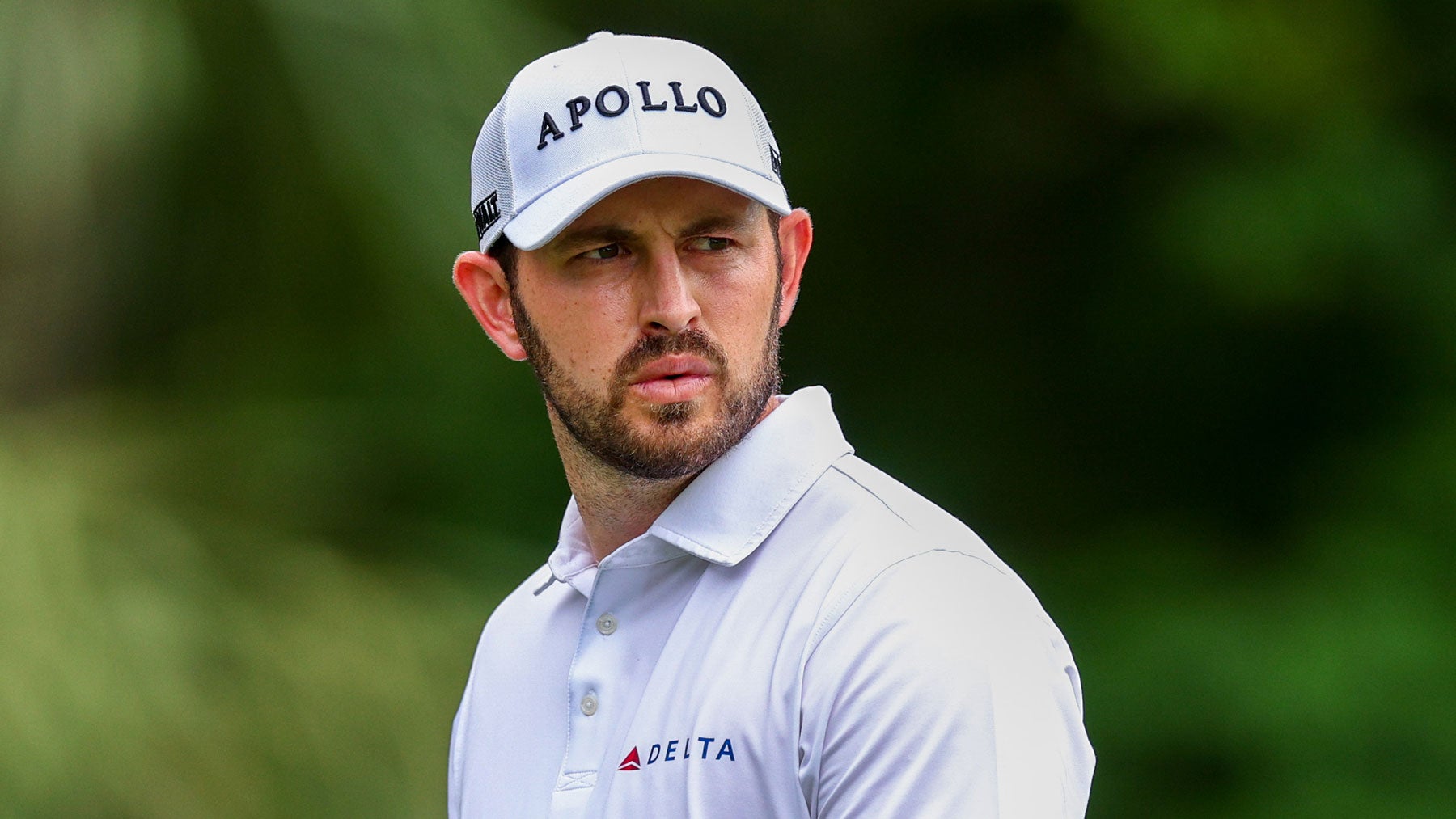When the RBC Heritage was suspended due to darkness at 7:50 p.m. Sunday, the tournament’s winner already had been all but decided. With a three-shot lead with just three holes to play, Scottie Scheffler was not going to kick away his fourth title in his last five starts, because, well, he’s Scottie Scheffler.
But further down the ’board, other business still needed to be settled.
Among the players still on the course battling for a shot at solo second, which was good for a whopping $2,160,000, were three contenders at 15 under: Patrick Cantlay (who was thru 17 holes), J.T. Poston (also thru 17) and Sahith Theegala (thru 15); two players at 14 under: Ludvig Aberg (thru 17) and Patrick Rodgers (thru 16); and two more players at 13 under: Collin Morikawa (thru 15) and Sepp Straka (thru 14).
From that group, Cantlay’s Sunday-evening decision-making at Harbour Town was particularly intriguing, because when the horn blew he had only half a hole left to play. To finish his round, or not to finish his round? For Cantlay, that was the question. Under the rules, if play is suspended for darkness after a player already has teed off on a hole, the player may elect to complete the hole or mark and finish out when play resumes. Players generally shudder at the thought of having to come back on Monday mornings, especially if they have only a few shots left to play, so if they’re on the 72nd hole under these circumstances, they’ll make every effort to hole out. Then again, when millions of dollars are on the line, rushing or fighting the darkness is not always the wisest tactic.
Cantlay had hit a good drive at the par-4 18th, but when play was suspended he still had 214 yards left into a stiff wind and light rain and over marshland — not the most comfortable shot even in the best of conditions. Decision time: mark and come back the next morning, or swing away. Cantlay talked over the options with his caddie, Joe LaCava, and made the call: they would forge on with a 3-wood into the gloaming.
“It got dark,” Cantlay would say later. “But yeah, I could see okay.”
Cantlay’s effort cleared the penalty area but came up just short and left of the green, from where at least one observer — and surely others, too — assumed Cantlay would have elected to finish up his round. But Cantlay didn’t. Instead, he marked. He would sleep on his up-and-down attempt.
“Can’t believe my eyes watching Patrick Cantlay,” tweeted Ian Woosnam, the 1991 Masters champion, “why on earth would you hit your second shot then mark your ball absolutely crazy, maybe says a lot.”
Says a lot about what exactly, Woosnam didn’t say. But on Monday Cantlay explained his decision, saying: “I really did want to finish last night, so I felt like if I could get the ball up there maybe in an easier spot, maybe I would have finished. But as I got the ball up near the green, I realized it would be easier to finish this morning. Just thought it might be easier to get the ball up-and-down this morning.”
Sensible!
Before the 8 a.m. restart, Cantlay spent about 20 or 30 minutes hitting putts on the practice green, but it was his wedge game that delivered. Cantlay chipped his third shot to within three feet and holed the putt for 4 and a closing 68.
Second place, though, would elude him.
When Theegala completed his round par-birdie-par, he leapfrogged the group at 15 under to finish one better and snag solo runner-up honors for himself. Cantlay, meanwhile, tied for third with Clark and still made out all right, pocketing a cool $1,180,000 for his four- . . . well, five-day work week.
